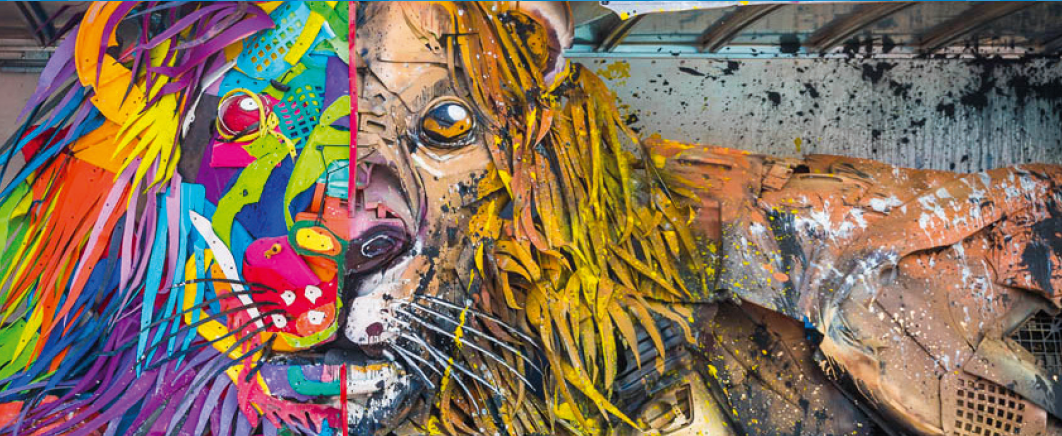VIETNAM FACTORIES TO TURN WASTE INTO ART
In most places, metal scraps and plastic cases end up on the factory room floor. They are either recycled or disposed. But a new project showed Vietnamese how to transform these manufacturing supplies into works of art. The project was titled “Factories as Studios” and has big ambitions.
The project was not just trying to give factory workers a creative task to do. The programme also aimed to make them more satisfied. These workers then brought greater innovation into the workplace.
“There were two groups that benefit from the vision of seeing factories as art studios,” Jane Gavan, senior lecturer at the Sydney College of the Arts at the University of Sydney, explained. The companies benefitted from exposure to new ideas and products and workers benefitted by experimenting with a new medium of expression, which also reduced industrial waste.
Gavan had done similar projects in Germany, Belgium, and the United States. But the project in Vietnam was the start of something big. That was because manufacturing had helped the country grow. Through manufacturing, Vietnam had become a large exporter. That meant, there was a large population of workers. But factory work could be boring.
“The worker was repeating the same thing, day after day,” said Vu Viet Thanh who was a partner in the Factories as Studios project. Thanh said workers needed some “refreshment” from the monotony of their work. “When they saw something new, that was the chance for them. Art is for everyone.”
Workers used the materials to create artistic expression. One worker for example made a lamp with metal scraps. One such design was shown at the architectural school in December 2016. The public was invited to the school to see what was made from leftovers. Their creative inventions included all manner of lighting furniture, earrings and necklaces, a bookshelf and planter boxes. One design was a lamp that looked like a white jellyfish with tentacles and everything.
Vo Van Tam made the jellyfish from sheets of factory-made white plastic. He said the project gave him materials he’d never thought about using before. It also got him thinking about the environmental benefits of reusing them.
“Maybe in the future, I will take more time to research the materials,” Tam said. “In Vietnam, we have a lot of materials and many designers should try to make new products from materials people don’t use anymore.”

